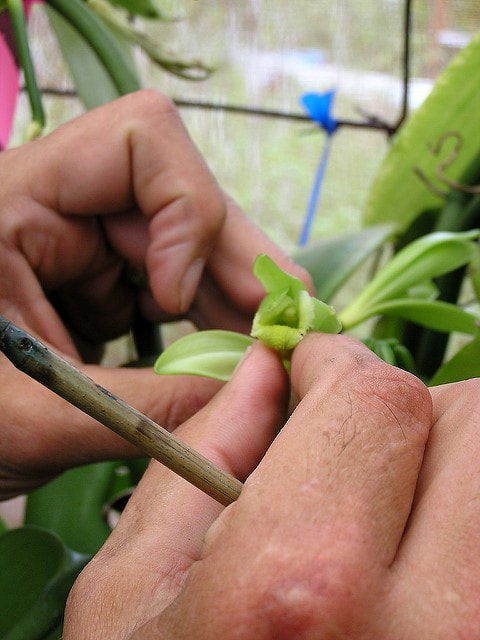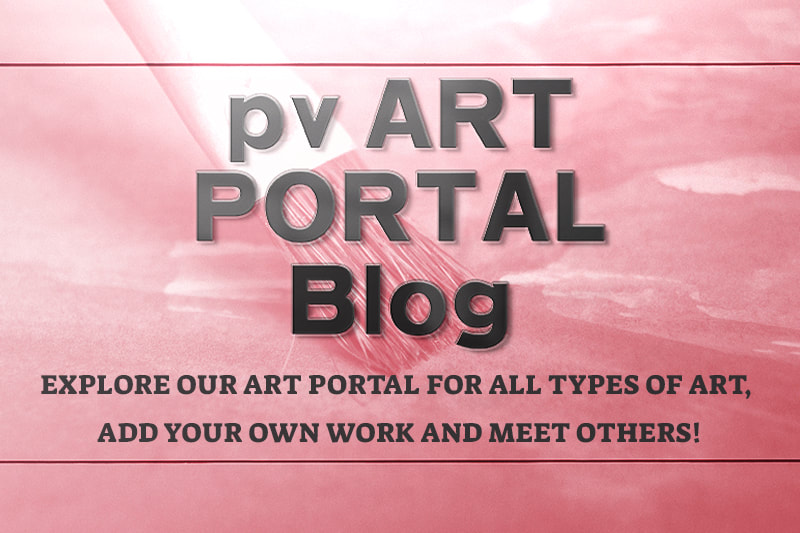|
Not all of us are lucky enough to have access to outdoors areas where we can grow our own food. But almost everyone can still grow at least some food inside their home. Growing food indoors, however, does come with some unique challenges. One of the things we need to consider when growing food indoors is pollination. What is Pollination and How Does It Usually Happen?
Pollination is the process by which pollen is transferred from the male parts of flowers to the female parts of flowers in order to fertilise the plant. Without fertilisation, a plant cannot go on to produce seed. Some plants are self-fertile, so they don't need pollen from another plant, while other plants require cross-pollination from another similar plant. Understanding which plants are self-fertile and which are not, and understanding also, how different plants are pollinated, is key to success when growing food plants indoors. We don't need to worry as much about pollination when considering vegetables such as carrots, beetroot and broccoli, for example, as the food we harvest is created before seed is produced. With other crops that we might grow, however, such as tomatoes, peppers, aubergines and squash, the fruit will not set unless pollination has taken place, so it is essential that it does. Outdoors, pollination usually takes place through wind, animal or insect contact, and self-pollination. Bees are one example of a pollinator – one of the most important in the natural world. Of course, bees will not usually be able to get inside our homes to help us pollinate our indoors plants. So we humans will sometimes have to take things into our own hands. Do I Need To Hand-Pollinate My Indoor Plants? The good news is that not all of the fruits and vegetables that require pollination to produce a crop for us will need to be pollinated by hand. Tomato plants, for example, will usually self-pollinate. That said, you may get a better crop of tomatoes if you give your plant a good shake to distribute the pollen when the flowers begin to form. Often, all you will need to do to create good pollination is to shake plants a little, or create good air circulation to promote the processes from occurring as they should. In some cases, however, you may find it beneficial to pollinate plants using a small paint brush to transfer pollen from male to female flowers (as in the case of squash, which have different male and female flowers). Educating yourself about the pollination needs of different indoor plants will help you make sure you get a worthwhile harvest from your indoor garden.
0 Comments
Leave a Reply. |
GROW ORGANIC!
|
|


 RSS Feed
RSS Feed




